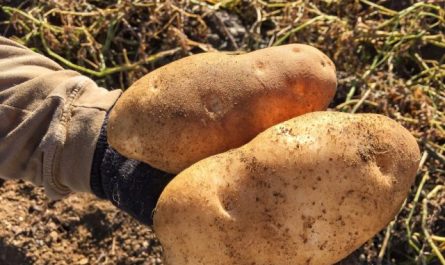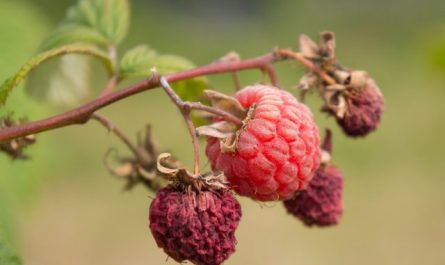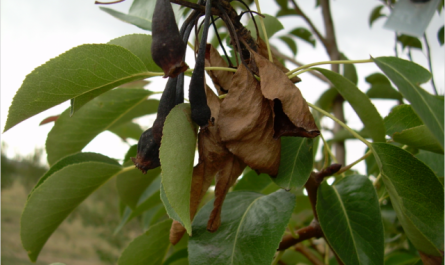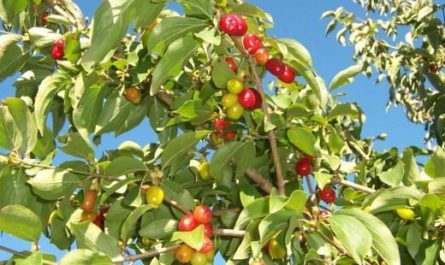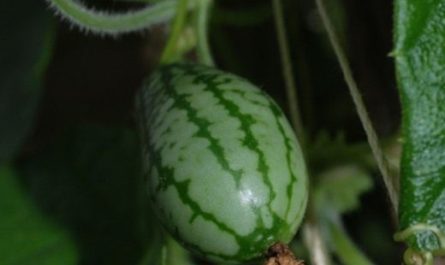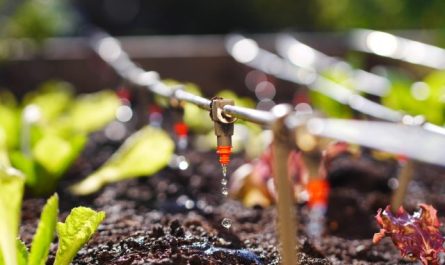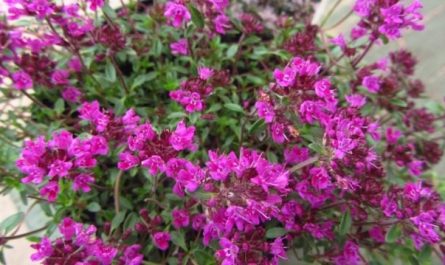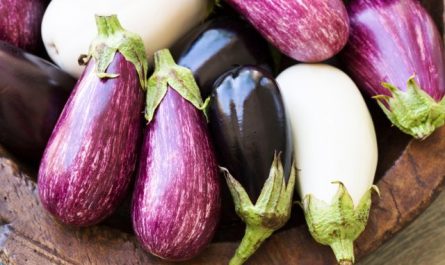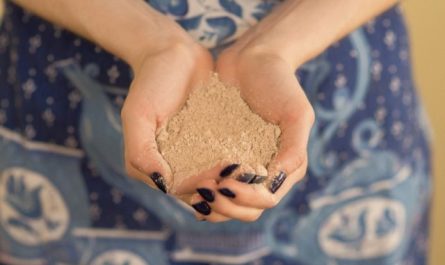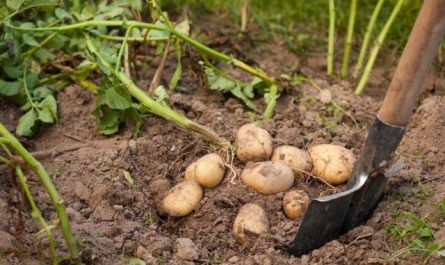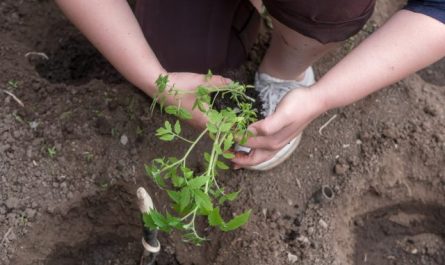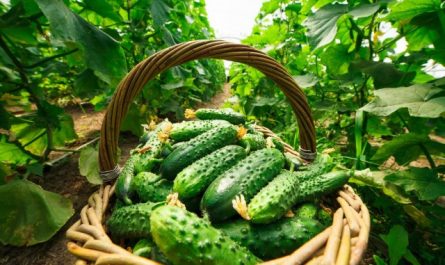Indian cinquefoil (Potentilla indica) — a type of herbaceous plant that looks like strawberries in its leaves and false fruits. Although many reference books classify the plant as belonging to the genus Potentilla (Potentilla) kind Duchy (for example, on the website Germplasm Resources Information Network), genetic studies show that the plant is more correctly classified as a cinquefoil.

The name itself comes from the Latin word ‘potens’ – which means strength, power, this used to be very important, since the plant was used in large quantities in folk medicine. The genus itself is very extensive and has over 300 species, most of which are distributed in the northern hemisphere.
The plant can be distinguished by its yellow flowers (true strawberries have white or light pink flowers). It grows in East and South Asia, but has been introduced to many other countries as an ornamental plant. In some regions it has run wild and become a weed.

Potentilla belongs to the Rosales order of the Rosaceae family. The plant is characterized by increased aggressiveness and viability. Almost all types of cinquefoil reproduce independently with the help of tendrils, which very quickly spread across the soil, occupying quite large areas of the site. Therefore, if you decide to have this wonderful plant on your summer cottage, you need to take care of the timely removal of tendrils …
A perennial, alien and wild ornamental plant with above-ground creeping shoots that root at the nodes. Internodes up to 12 cm long. Creeping stems are leafy, 30-100 cm long, covered like petioles and peduncles with protruding hairs, sometimes with an admixture of stalked glands, which subsequently turn red.
Basal leaves are numerous, long-petiolate, trifoliate, dark green, often persisting through winter; stem leaves on shorter petioles; stipules are ovate-lanceolate, entire, near the upper stem leaves herbaceous incised; leaflets on petioles, wedge-shaped-obovate or rhombic, up to 2-3 cm wide, crenate-dentate, with protruding hairs on both sides. Flowers are light yellow, 15-20 mm in diameter, on long and thin peduncles, set in mid-spring, and then irregularly during the growth period.

The outer sepals are leaf-shaped, 3-5-toothed or lobed at the top, bent back after flowering. The filaments of the stamens are long, the anthers are ovoid. The fruitlets are small, numerous, located on an oblong-ovoid fleshy bright red receptacle; it resembles a strawberry. Each receptacle contains on average 190 small fruitlets.
The fruits are white or red, completely covered with red seeds. The fruits are edible, but tasteless. Seeding occurs from late May to mid-November.
Potentilla indica is propagated by seed and vegetatively. When propagated vegetatively, cut sections of above-ground creeping shoots are planted, which take root after 10-15 days, quickly grow back and completely cover the soil. The sections of creeping shoots are planted in rows or randomly.

Potentilla indica is a remontant plant, blooms from mid-April to August-September, but mass flowering occurs at the end of May. It goes under the snow with red “berries”. Mass ripening of seeds occurs at the end of July. The readiness to collect fruits is determined by the ripened dark red receptacle, which is easily separated by this time. The “false berry” is dried indoors, the achenes are easily separated from the receptacle, the germination of seeds is well preserved for the 2nd-3rd year.
Cinquefoil indica is a plant with intensive growth of shoots, in some cases in the 2nd year of life the length of the shoot per season reaches 160-180 cm. The graceful stolons of this plant are able to quickly capture large spaces and throw themselves over obstacles, forming rosettes of leaves in the air.
Potentilla grows well on fairly moist, loamy and sandy soils; it also tolerates slightly saline and solonetzic soils. Potentilla indica behaves almost like an evergreen plant. The most intensive growth of above-ground shoots begins in early March.
It is good to create covers from this plant in parks, squares, and on rocky, uneven areas.
Synonyms:
- Fragaria indica Andrews — Indian strawberry
- Duchesnea indica (Andrews) Focke — Indian Duchesnea

